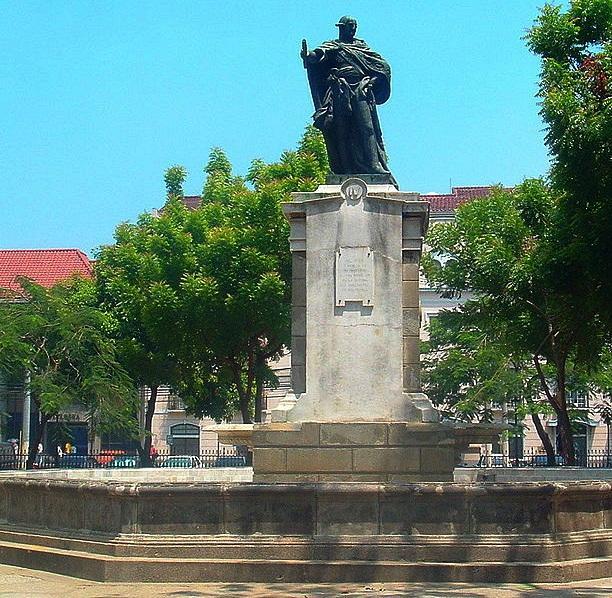
The statue of King Carlos IV of Spain in Plaza de Roma
Intramuros, the famous walled city, is the only district of Manila where old Spanish-era influences are still plentiful. Some of its famous attractions include Fort Santiago, Manila Cathedral, and San Agustin Church. Another notable site in Intramuros is Plaza de Roma. Like the other attractions in Intramuros, it has its own share of history that presents Intramuros’ rich past and the role it played over the years.
Inside Plaza de Roma
The main square of Intramuros was Plaza Mayor (later known as Plaza McKinley and Plaza de Roma) in front of Manila Cathedral. East of the plaza was the Ayuntamiento, or City Hall, and facing it was the Governor's Palace, the official residence of the Spanish viceroyalties to the Philippines. The earthquake on June 3, 1863 destroyed the three buildings and much of the city. The residence of the Governor-General was moved to Malacañang Palace located about 3 kilometers up on Pasig River. The two previous buildings were later rebuilt but not the Governor's Palace.
Inside the walls were other Roman Catholic churches, the oldest being San Agustin Church by the Augustinians built in 1607. The other churches built by the different religious orders: San Nicolas de Tolentino Church by the Recollects, San Francisco Church by the Franciscans, Third Venerable Order Church by the Third Order of St. Francis, Santo Domingo Church by the Dominicans, Lourdes Church by the Capuchins, and the San Ignacio Church by the Jesuits, has made the small walled city the City of Churches.
Intramuros became the center of large educational institutions in the country. Convents and church-run schools such as the Universidad de Santo Tomás, the Colegio de San Juan de Letrán and the Ateneo Municipal de Manila were run by the Dominicans and the Jesuit religious orders.
The Global Heritage Fund identified Intramuros as one of the 12 worldwide sites "on the verge" of irreparable loss and destruction on its 2010 report titled "Saving Our Vanishing Heritage," citing its insufficient management and development pressures.










